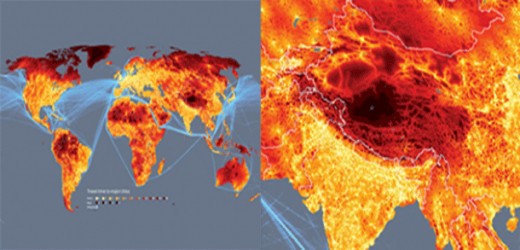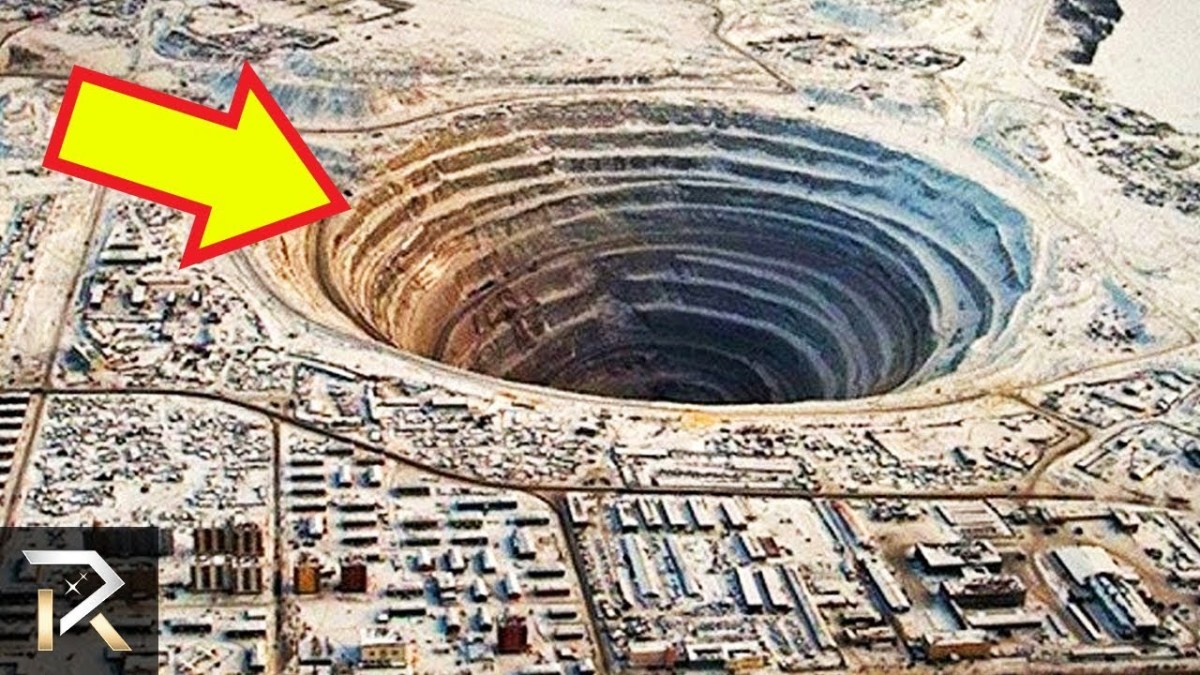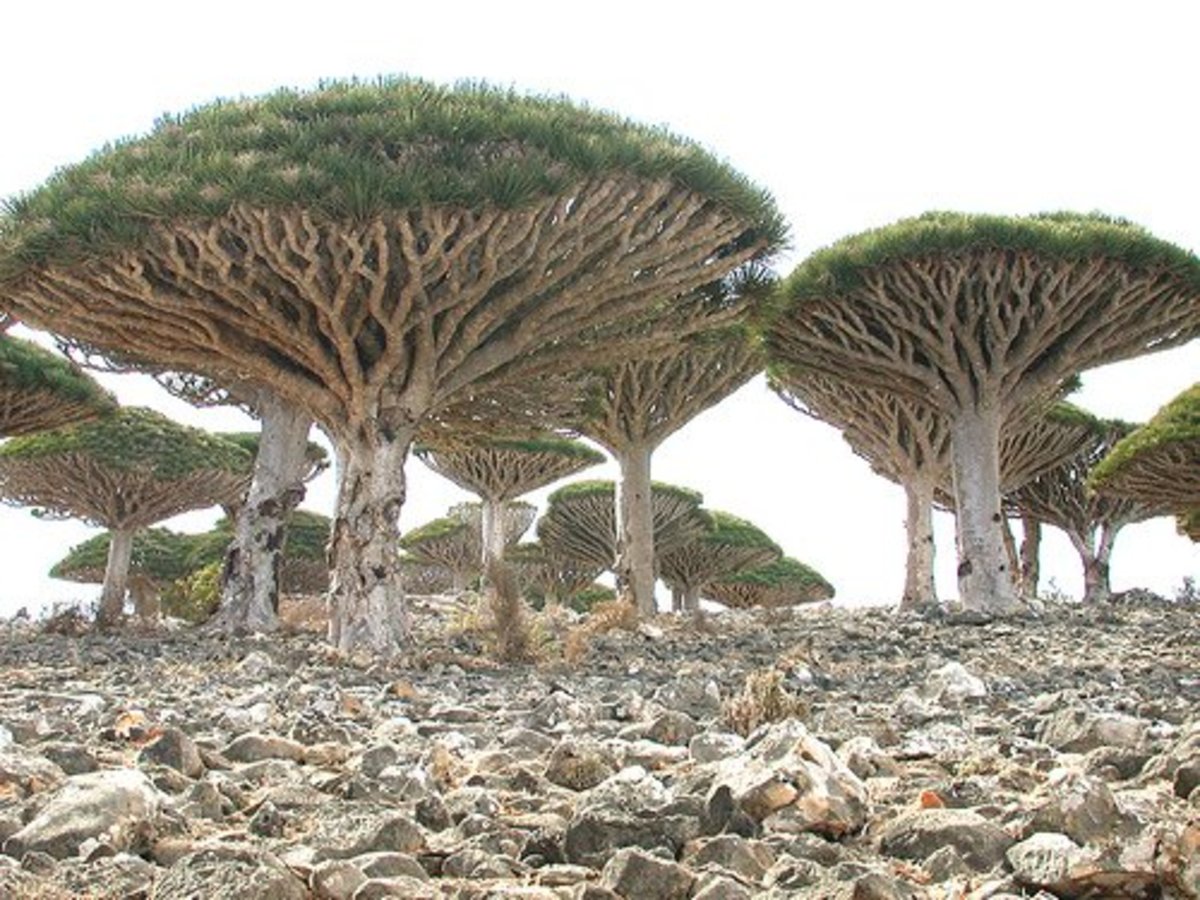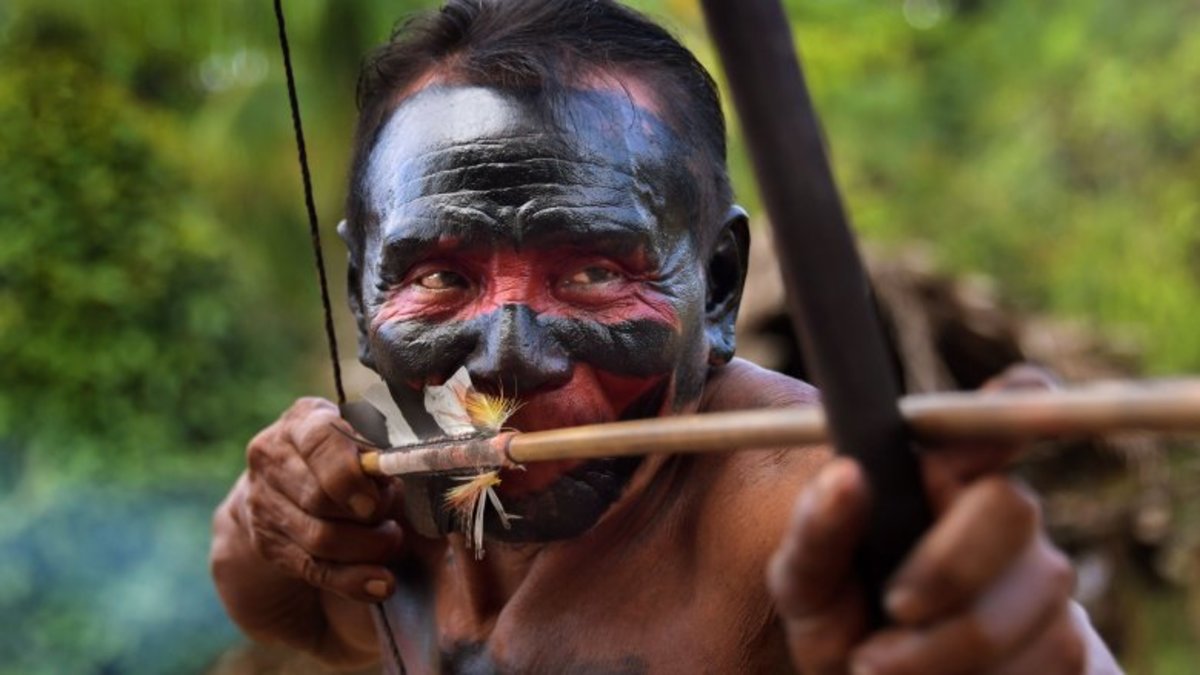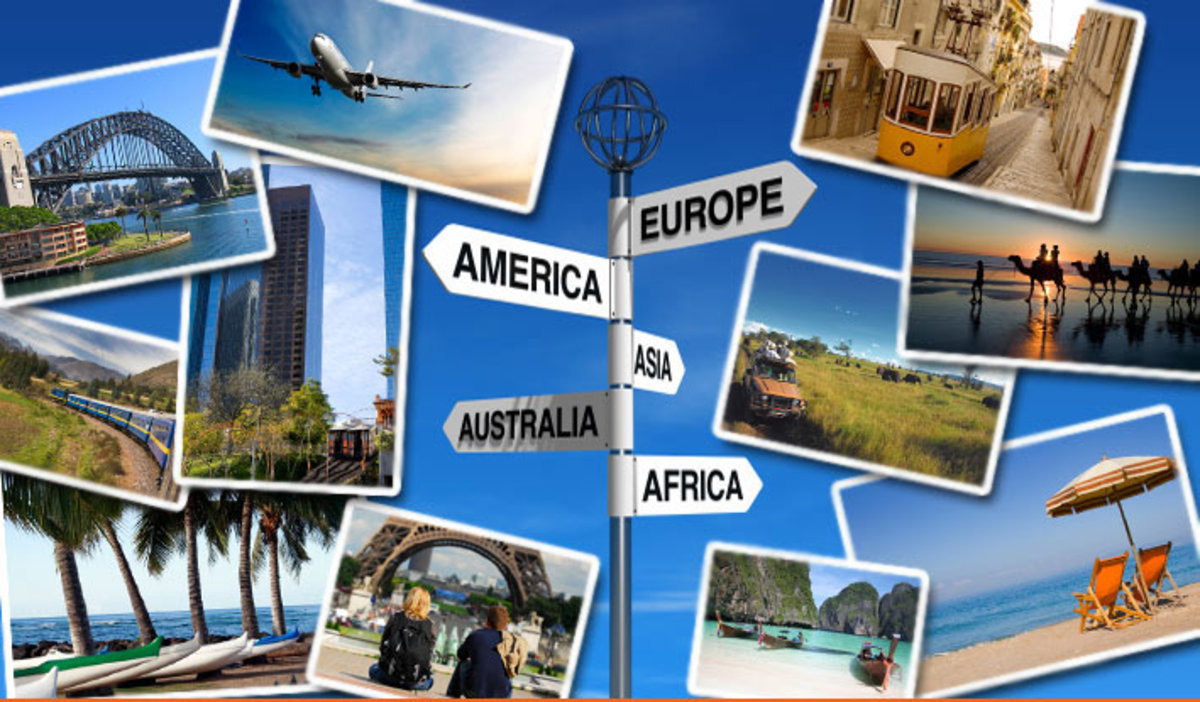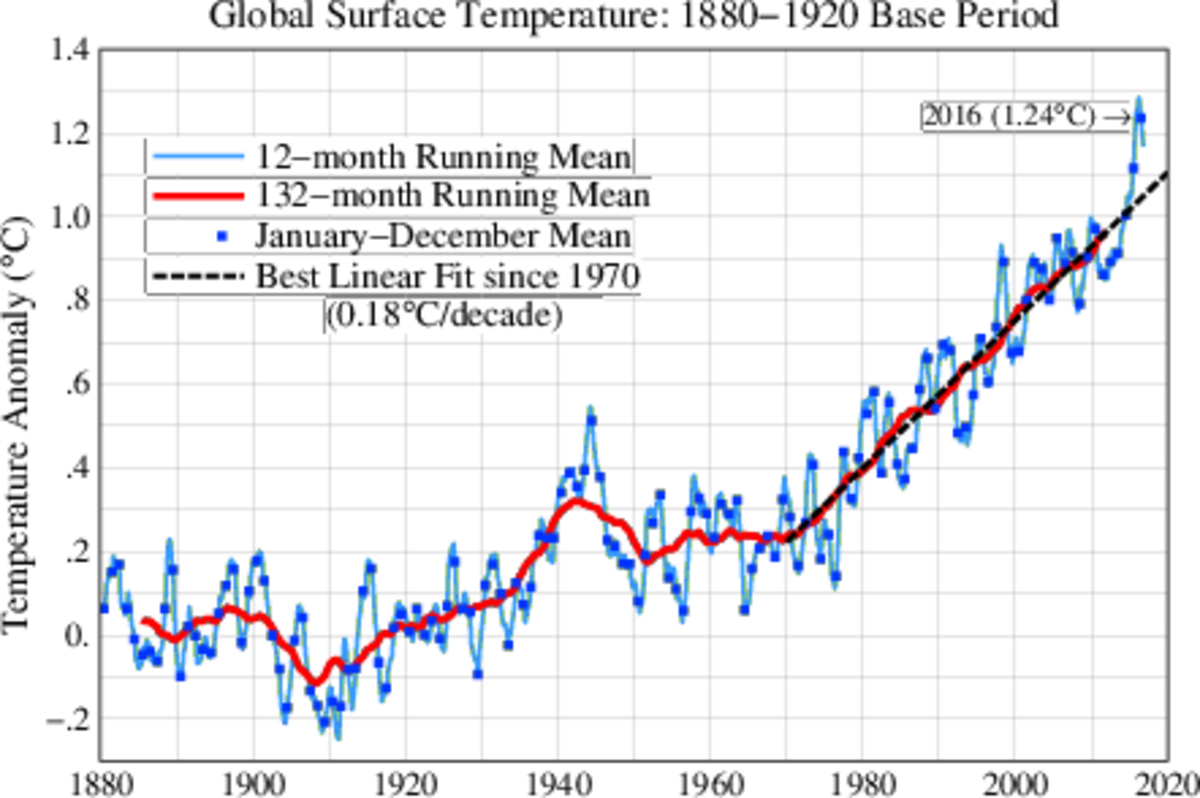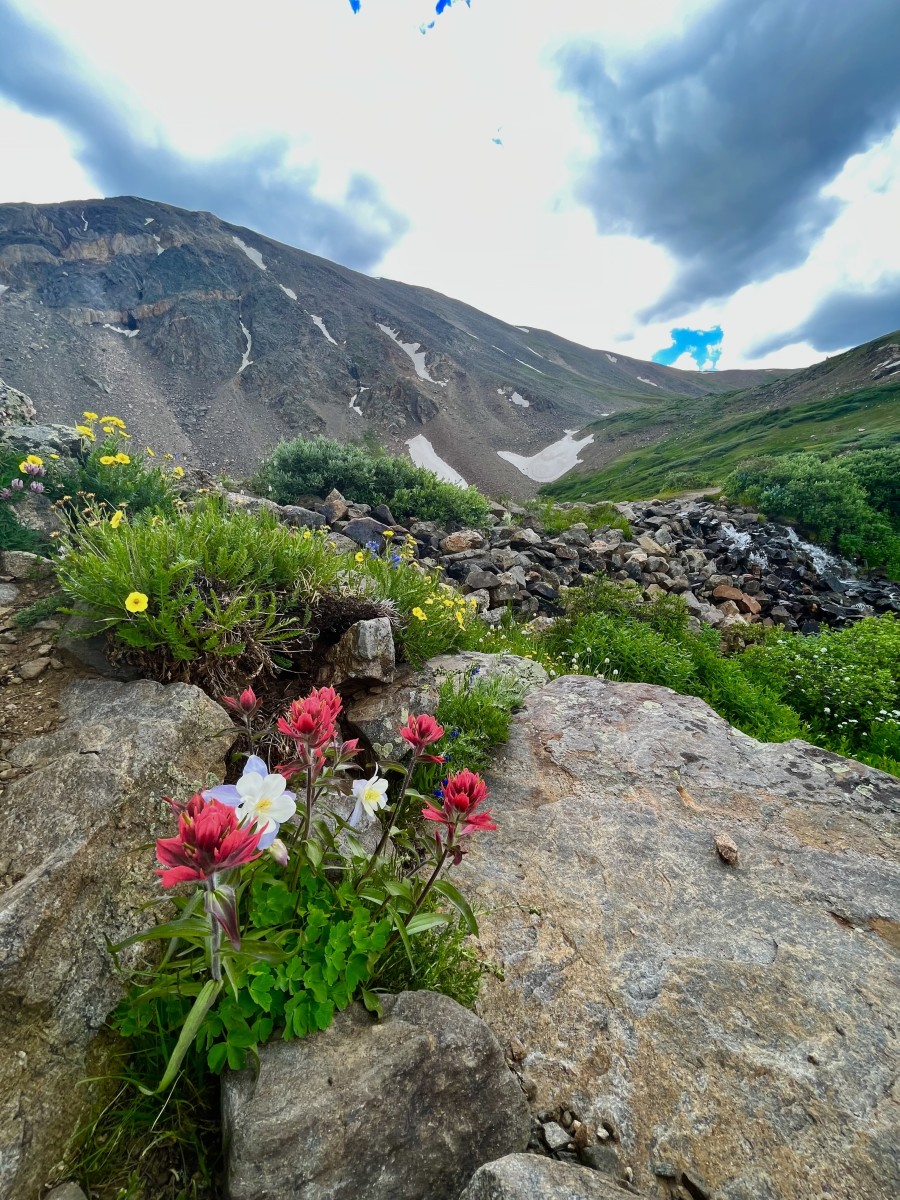5 of the Most Isolated Places on Earth and How to Get There
Earth currently supports 7.3 billion people, and according to the United Nations that number will rise to 9.7 billion in 2050 and to 11.2 billion by the end of the century. If the planet has a maximum tolerable occupancy, it remains elusive. What remains certain is that some places in the world are not only still inhabited, but also extremely remote. From the South Pole to the North Pole, from Tibet to Siberia, discover the places in the world that are home to the least human beings on Earth, and that take days or even weeks to reach.
Alert
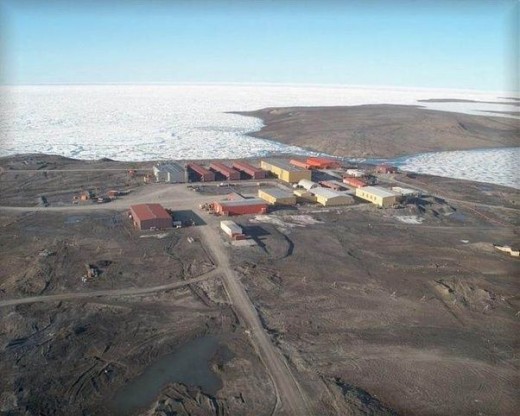
Alert is a small village located in the Nunavut province of Canada, on the northern tip of Ellesmere Island. It is the northernmost inhabited community on earth, with the North Pole only 508 miles away and the closest town (a small fishing village) 1300 miles away. There are only 5 official permanent residents and many temporary inhabitants as Alert hosts a military signals intelligence radio receiving facility, a co-located Environment Canada weather station, a Global Atmosphere Watch atmosphere monitoring observatory, and the Alert Airport.
Alert has a polar climate, with temperatures reaching above freezing only in July and August. In winter, temperatures average -40 degrees. There is complete snow cover for at least 10 months of the year, and it is completely dark 5 months a year.
How to get there
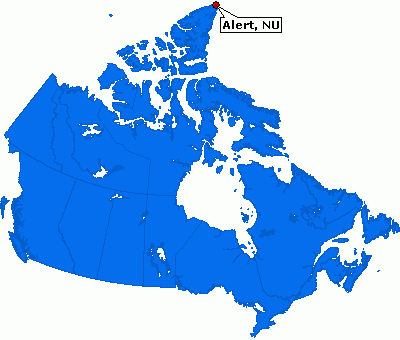
The only way to get there is by military plane as the airport is run by the Canadian forces. There is also a cargo ship that delivers supplies during the Summer. As a civilian, there is no official way to get to Alert.
Bouvet Island
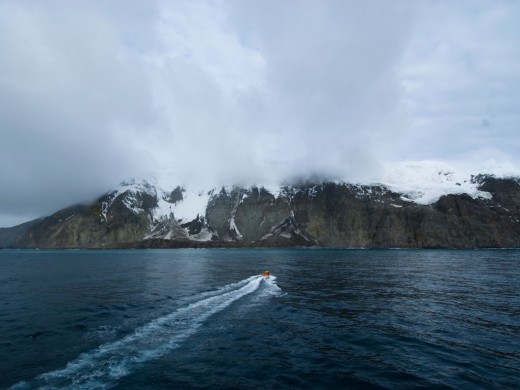
Bouvet Island is the most remote island in the world with no permanent inhabitants. It is located in the South Atlantic Ocean, the nearest land being Antarctica’s Queen Maud Land nearly 1000 miles down to the South.
The island has an area of 19 square miles of which 93 percent is covered by a glacier. The land was first spotted on 1 January 1739 by Jean-Baptiste Charles Bouvet de Lozier, after whom it was named. However, he recorded inaccurate coordinates, and the island was not sighted again until 1808 by British captain James Lindsay. After years of political disputes regarding the ownership of the land, it was declared a Norwegian dependency and became a nature reserve in 1971.
How to get there
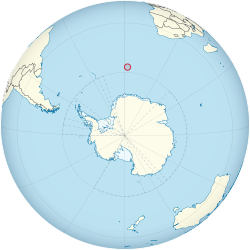
It is nearly impossible to get to the Island as a tourist, unless by your own means. There is nowhere even remotely usable as a harbor, although it is possible to anchor offshore. A better way is to use a helicopter starting from a ship.
The safest and best way to get to Bouvet Island is to join a research expedition through a dedicated company such as Oceanwide Expeditions. They explore the most remote places in and around the South and Mid-Atlantic Islands with their own ships and expedition crew. Passengers are taken from Ushuaia to remote locations, including Bouvet Island.
Deception Island
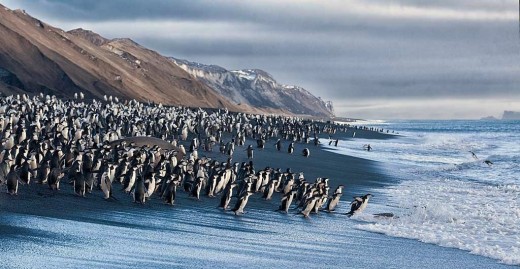
Deception Island is one of the 2 only active volcanoes in Antarctica. It lies 530 miles south east of Cape Horn and is responsible for the largest known eruption in the Antarctic area. Despite this volcanic activity, the island is equipped with one of the safest harbors in Antarctica, due to its ring shape. The territory is administered under the Antarctic Treaty System.
The island has a misleading name, and is not as deceptive as it sounds. Though it is a rather hostile place, it remains a popular tourist destination and scientific outpost with Argentine and Spanish research bases, and it is as a consequence fairly easy to get to. Tourist attractions include ruins of passed industry buildings, hiking on Mount Achala, and taking warm volcanic baths.
How to get there
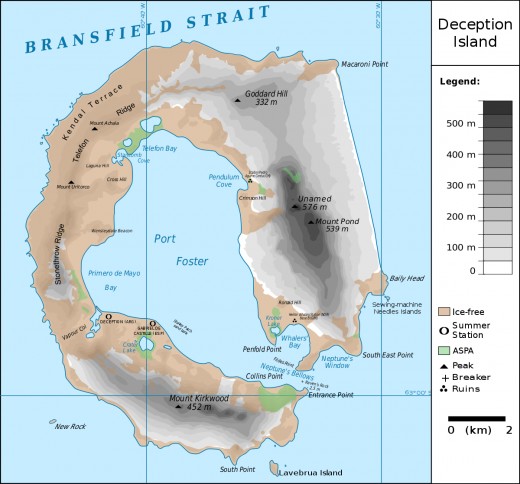
You can book a trip the the island and its whereabouts through adventure-life.com
Oymyakon
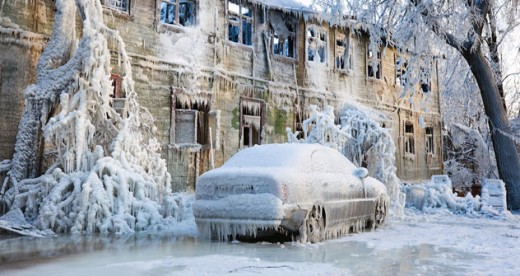
Oymyakon is located in the Oymyakonsky District of the Sakha Republic, Russia, with a population of 521. With an extreme subarctic climate, it holds the record for lowest recorded temperature on Earth for any permanently inhabited location at −69.2 degrees (−93 °F). The ground is permanently frozen, and Oymyakon has never recorded an above freezing temperature between October 25 and March 17.
At the village's northerly position, day length varies from three hours in December to twenty-one hours in June. Although winters in Oymyakon are long and excessively cold, summers are actually mild to warm. In June, July and August, temperatures over 30 degrees (86 °F) are not rare during the day.
How to get there
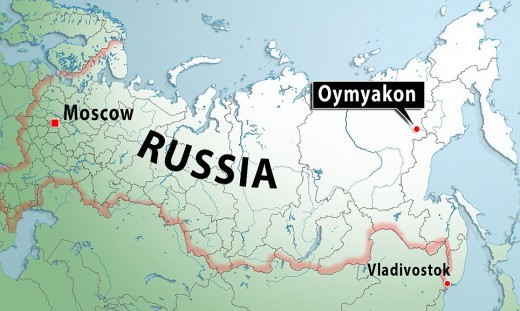
To get there is not easy. The climate is so extreme that planes cannot land during the winter, and it takes two days to arrive by car from Yakutsk, the nearest major city, 576 miles away. It is achievable alone, but it is highly recommended to book a trip with the existing organization visityakutia.com
Tibetan plateau
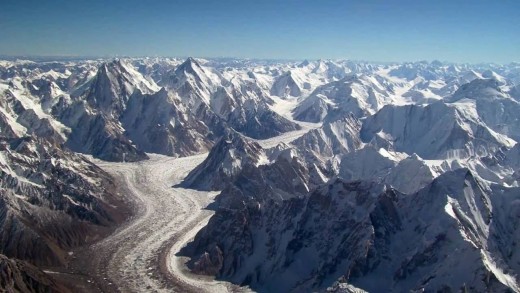
The Tibetan Plateau is a vast elevated plateau in Central Asia and East Asia, covering most of the country of Tibet and part of western China. It is the world's highest and largest plateau, with an area of 970000 square miles and an average elevation above 14800 feet. Due to these astonishing numbers, the Tibetan Plateau is sometimes called "the Roof of the World”.
The only permanent population on the plateau is made of Nomads, who live by raising livestock rather than crops, which are unsuitable for the terrain. The northern portion, the Changtang, is even more extreme and generally too high and cold to support permanent population. In the late 1800s, extreme Swedish explorer Sven Hedin reported not seeing a single person for 81 days while crossing the Changtang.
How to get there
The Tibetan Plateau is also nicknamed “the Third Pole”, as it is statistically (not physically) the most isolated place in the world. In April 18 2009 researchers at the European Commission’s Joint Research Centre in Italy combined a series of maps to create a map showing the most interconnected and remote places on earth. They used a model that calculated how long it would take to travel to the nearest city of 50000 or more people by land or water.
To get to the Tibetan plateau region takes a three-week trip from the cities of Lhasa or Korla. One day by car and the remaining 20 on foot.
